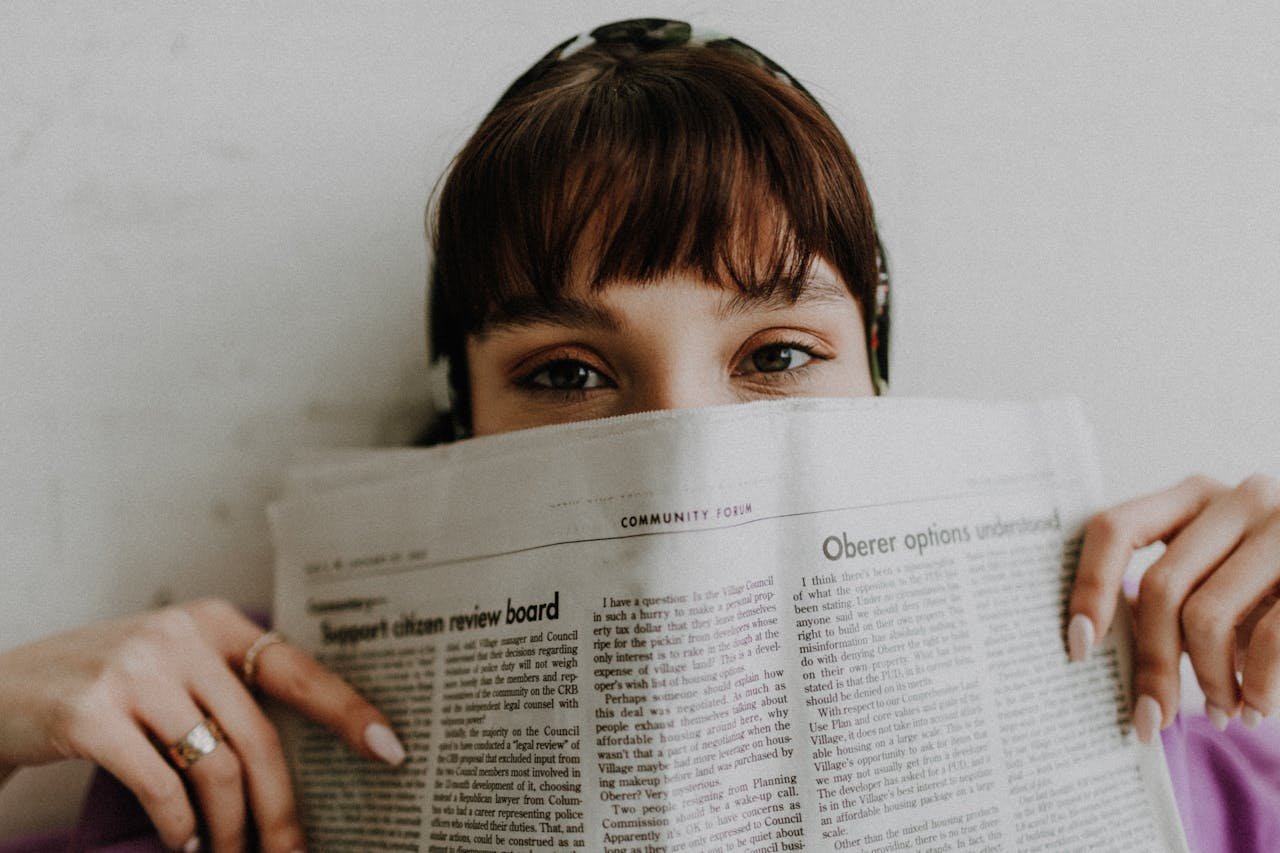The Hidden Cost of Speed Reading
Speed reading empowers you to devour information faster, but it can also strain your eyes, leaving them dry, sore, or blurry.
Eye fatigue isn’t just uncomfortable—it undermines focus, comprehension, and long-term reading stamina.
Whether you’re poring over reports, scrolling on screens, or binge-reading novels, understanding why your eyes tire and how to protect them is key to sustainable speed reading.
This guide combines optometry insights, ergonomic hacks, and tech tools to help you read faster and healthier.
The Science of Eye Fatigue
Your eyes are muscles, and like any muscle, they fatigue when overworked. Key factors behind eye strain:
- Prolonged Focus: Staring at text without breaks strains the ciliary muscles (which control lens focus).
- Screen Glare: Blue light from devices disrupts blink rates and causes dryness.
- Poor Lighting: Dim or uneven lighting forces pupils to constantly adjust.
- Incorrect Posture: Slouching or holding devices too close stresses eye muscles.
Did You Know?
A 2023 study in Optometry and Vision Science found that speed readers who ignore eye care report 40% more headaches and 25% slower comprehension over time.
5 Strategies to Prevent Eye Fatigue
1. Master the 20-20-20 Rule
What It Is: Every 20 minutes, look at something 20 feet away for 20 seconds.
Why It Works: Resets your ciliary muscles and reduces digital eye strain.
Pro Tip: Pair with a habit tracker like Streaks or Habitica to build consistency.
2. Optimize Your Reading Environment
- Lighting: Use warm, indirect light (avoid overhead fluorescents). Add a desk lamp with adjustable brightness.
- Screen Settings: Enable night mode (redshift) and reduce blue light via tools like f.lux or iOS Night Shift.
- Ergonomics: Position screens/book 20–30 inches away, slightly below eye level.
Tool: The Philips Hue Smart Light adjusts color temperature to match natural daylight cycles.
3. Lubricate and Protect
- Artificial Tears: Use preservative-free drops (e.g., Systane Ultra) hourly during long sessions.
- Humidifiers: Combat dry air with devices like Levoit LV600HH (ideal for home offices).
- Blue Light Glasses: Brands like Felix Gray or Gunnar reduce glare and improve contrast.
4. Strengthen Eye Muscles with Exercises
- Palming: Rub hands warm, cup over closed eyes, and breathe deeply for 1 minute.
- Focus Shifting: Alternate focus between a pen tip (6 inches away) and a distant object.
- Eye Yoga: Trace figure eights or imaginary circles with your gaze.
Routine: Dedicate 5 minutes morning and night to these exercises.
5. Adjust Your Speed Reading Technique
- Avoid Marathon Sessions: Break reading into 30-minute chunks with 5-minute breaks.
- Use a Pointer: Guide your eyes with a pen to reduce erratic movements.
- Increase Font Size: Reduce squinting by enlarging text on devices or using large-print books.
Tools to Combat Eye Strain
- Blue Light Filters:
- Iris Mini (software): Adjusts screen brightness/color based on time of day.
- BookBook Case (for phones): Reduces screen time by converting devices into minimalist “books.”
- E-Ink Devices:
- Kindle Paperwhite: Glare-free screen with adjustable warm light.
- reMarkable 2: Mimics paper for comfortable note-taking and reading.
- Ergonomic Accessories:
- Roost Laptop Stand: Elevates screens to eye level.
- Page Turner Robot: Hands-free book/page turning for physical books.
7-Day Eye Care Challenge
| Day | Task | Goal |
|---|---|---|
| 1 | Set up 20-20-20 reminders on your phone. | Build break habits. |
| 2 | Adjust screen brightness and night mode. | Reduce blue light exposure. |
| 3 | Buy/use artificial tears 3x daily. | Combat dryness. |
| 4 | Practice palming + focus shifting. | Strengthen eye muscles. |
| 5 | Rearrange your reading space for ergonomics. | Improve posture and lighting. |
| 6 | Test an e-ink device or blue light glasses. | Find your comfort tools. |
| 7 | Audit reading sessions for marathon habits. | Schedule intentional breaks. |
FAQs
Q: Can eye exercises improve reading speed?
A: Yes! Stronger eye muscles enhance focus and reduce fatigue-related slowdowns.
Q: Are audiobooks better for eye health?
A: They’re a great supplement, but balance with text to maintain reading skills.
Q: How do I know if I need prescription glasses?
A: If blurriness persists after rest, consult an optometrist.
Conclusion: Read Faster, See Clearer
Eye fatigue isn’t inevitable—it’s a sign to read smarter. By blending ergonomic adjustments, mindful habits, and the right tools, you can protect your vision while unlocking the full potential of speed reading.
Your Next Steps:
- Start Today: Practice the 20-20-20 rule during your next reading session.
Remember: Your eyes are lifelong partners in learning. Treat them well, and they’ll carry you through countless chapters ahead.
Also:

